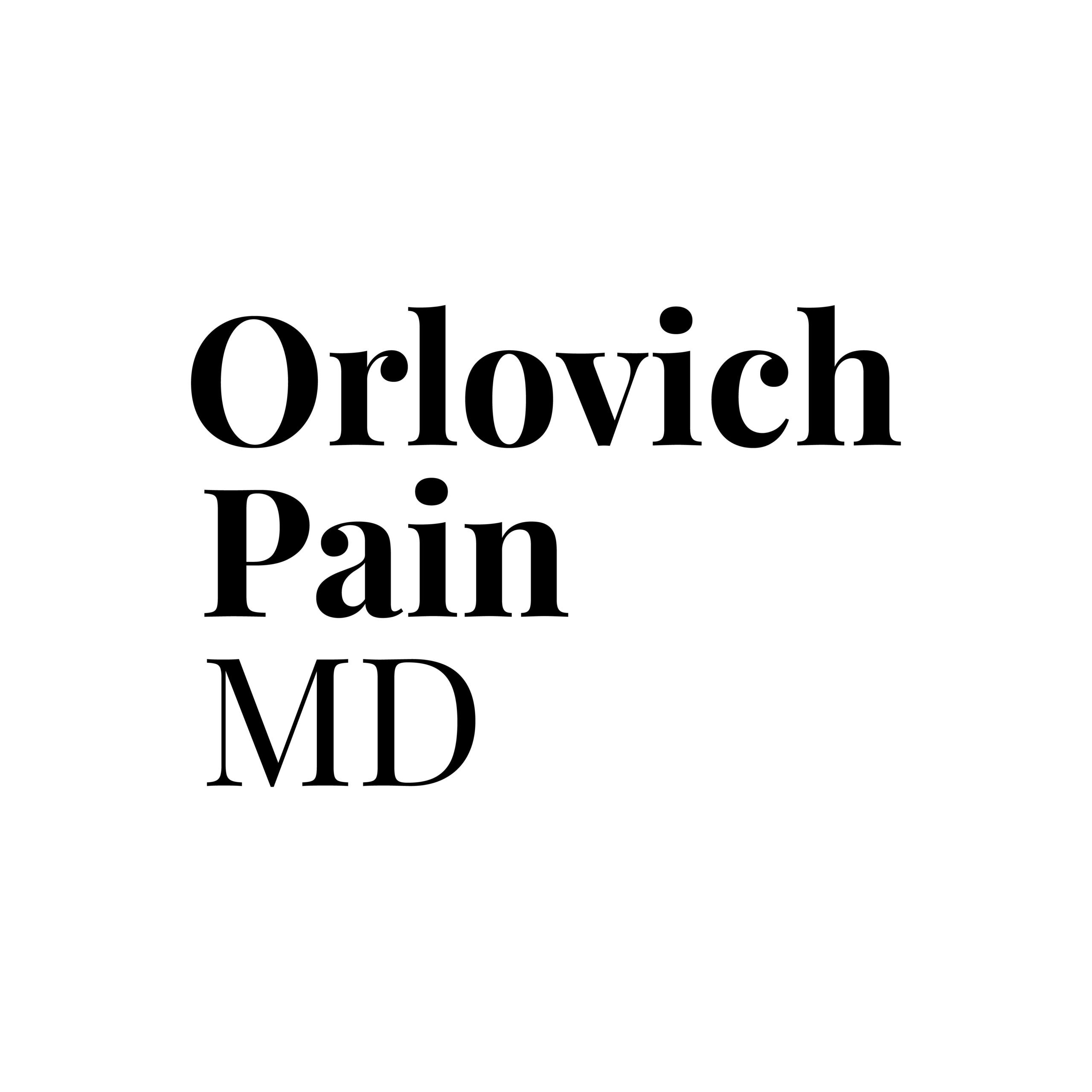Acupuncture, rooted in traditional Chinese medicine, involves inserting thin needles into specific points on the body to stimulate energy flow or Qi. This ancient practice has gained popularity in Western countries, offering an alternative approach to pain management beyond conventional medical interventions.
Over the past few decades, acupuncture has seen a surge in popularity in Western countries. This trend is fueled by an increasing interest in holistic and alternative healing methods. Many individuals seek acupuncture as a complementary therapy for pain relief, especially when faced with chronic conditions.
This blog post aims to address concerns about the safety of acupuncture, shedding light on potential risks while exploring the myriad benefits it can offer for pain management. By delving into these aspects, readers can make informed decisions about incorporating acupuncture into their pain management strategies.
What is Acupuncture?
A. Explanation of Acupuncture: Acupuncture is based on the principles of traditional Chinese medicine, which views the body as a network of energy pathways or meridians. The insertion of fine needles at specific points along these meridians aims to restore the balance of energy, facilitating the body’s natural healing processes. This holistic approach considers both physical and energetic aspects of health.
B. Concept of Qi and Meridians: In acupuncture, Qi represents the vital energy that flows through the body. Meridians are the pathways through which Qi circulates. When there is a disruption in the flow of Qi, it is believed to lead to pain or illness. Acupuncture seeks to harmonize Qi, promoting balance and well-being.
C. Restoring Balance and Healing: Acupuncture is not just about alleviating symptoms; it is about addressing the root cause of imbalances in the body. By restoring equilibrium, acupuncture encourages the body to heal itself. This holistic perspective sets acupuncture apart as a comprehensive approach to pain management.

Popularity and Adoption
A. Growing Interest in Western Medicine: The surge in interest in acupuncture within Western medicine is notable. Health practitioners and researchers are increasingly exploring the integration of acupuncture into mainstream healthcare for its potential benefits in managing various health conditions, particularly pain.
B. Scientific Support for Effectiveness: Numerous scientific studies and clinical trials support the effectiveness of acupuncture in managing pain. These studies often highlight acupuncture’s ability to modulate pain signals, reduce inflammation, and stimulate the release of endorphins, the body’s natural painkillers.

Common Concerns about Acupuncture Safety
A. Needle Safety: One common concern revolves around the safety of acupuncture needles. However, it’s essential to understand that these needles are typically thin, sterile, and single-use. Licensed practitioners adhere to strict hygiene standards, minimizing the risk of infection associated with needle use.
B. Adverse Effects: While some individuals may experience mild bruising, soreness, or minimal bleeding at needle sites, serious adverse effects are exceptionally rare. It’s crucial to recognize that these minor side effects are temporary and generally subside shortly after the acupuncture session.
C. Safety for Specific Conditions: Certain health conditions may raise concerns about the safety of acupuncture. However, with appropriate precautions and professional guidance, acupuncture can be safely adapted for various conditions. Individuals with pre-existing health concerns should consult their healthcare providers before incorporating acupuncture into their treatment plans.
Benefits of Acupuncture for Pain Management
A. Research Findings on Effectiveness: Research consistently highlights acupuncture as an effective tool for managing pain. Whether used independently or in conjunction with conventional treatments, acupuncture has shown promise in reducing pain intensity and improving overall well-being.
B. Complementary Approach to Pain Management: Acupuncture can complement conventional pain management strategies, offering a holistic approach that addresses both the physical and energetic aspects of pain. Integrating acupuncture into a comprehensive pain management plan may lead to more significant and sustainable relief for some individuals.
C. Reduced Reliance on Medication: For those wary of long-term medication use, acupuncture presents an alternative. By addressing the root cause of pain and promoting the body’s self-healing mechanisms, acupuncture may help reduce the need for certain pain medications, mitigating potential side effects associated with prolonged drug use.
Expert Opinions and Studies
A. Support from Healthcare Professionals: Reputable healthcare professionals, including physicians and specialists, have expressed support for acupuncture as a viable option for pain management. Their endorsements provide valuable insights into the potential benefits and safety of incorporating acupuncture into a patient’s overall healthcare plan.
B. Scientific Studies on Safety and Efficacy: Numerous scientific studies have investigated the safety and efficacy of acupuncture. These studies contribute to the growing body of evidence supporting acupuncture as a safe and effective intervention for pain management. Rigorous research methodologies help validate the claims surrounding acupuncture’s positive effects.
Importance of Addressing Acupuncture Safety Concerns for Pain Management:
1. Informed Decision-Making:
Addressing common concerns about the safety of acupuncture is crucial for promoting informed decision-making among individuals seeking pain management options. Many potential patients may hesitate to try acupuncture due to fears or misconceptions about its safety. By providing accurate information on risks and benefits, individuals can make choices aligned with their preferences and health goals.
2. Patient Confidence and Trust:
Understanding and addressing safety concerns fosters patient confidence and trust in acupuncture as a viable pain management option. When healthcare providers openly discuss safety aspects, patients are more likely to feel reassured and willing to explore acupuncture as a complementary or alternative approach to pain relief.
3. Integrative Healthcare:
The integration of acupuncture into mainstream healthcare is gaining momentum. Healthcare professionals increasingly recognize its potential benefits for pain management. By dispelling safety concerns, the medical community can encourage collaborative efforts between conventional medicine and acupuncture, offering patients a more comprehensive and personalized approach to their healthcare.
4. Enhanced Treatment Acceptance:
Many individuals may be open to acupuncture but are deterred by safety uncertainties. By addressing these concerns, healthcare providers can enhance the acceptance of acupuncture as a legitimate and safe treatment modality for pain management. This can lead to increased utilization and improved outcomes for patients seeking diverse options for pain relief.

References and Citations:
- Vickers AJ, Vertosick EA, Lewith G, et al.
- Witt CM, Aickin M, Cherkin D, et al.
- Lee JH, Choi TY, Lee MS, Lee H, Shin BC, Ernst E.
- Xue C, Dong L, Polus B, et al. Electroacupuncture for tension-type headache on distal acupoints only: a randomized, controlled, crossover trial.
Questions
Is acupuncture safe for pain management?
Yes, when performed by a trained and licensed practitioner, acupuncture is generally considered safe for pain management.
What are the concerns about the safety of acupuncture?
Common concerns include worries about needle safety, potential adverse effects, and the applicability of acupuncture to specific health conditions.
Are acupuncture needles safe?
Acupuncture needles are typically thin, sterile, and single-use. When administered by a qualified practitioner, the risk of infection is low.
What are the potential adverse effects of acupuncture?
Mild bruising, soreness, or minimal bleeding at needle sites are possible, but serious adverse effects are rare.
Conclusion
In conclusion, acupuncture, when administered by a qualified practitioner, is generally considered safe for pain management. Addressing concerns about needle safety, potential adverse effects, and its applicability to specific conditions is essential in fostering a better understanding of acupuncture’s safety profile.
Readers are encouraged to consult with their healthcare providers before embarking on acupuncture treatments, especially if they have pre-existing health conditions or concerns. An open dialogue with healthcare professionals ensures that acupuncture is integrated into an individual’s overall healthcare plan safely and effectively.
Ultimately, the decision to explore acupuncture for pain management should be informed and tailored to individual needs. By understanding both the potential risks and benefits, individuals can make educated choices that align with their preferences and overall health goals.
References
- NCCIH – Acupuncture
- Mayo Clinic – Acupuncture
- WHO – Acupuncture: Review and Analysis of Reports on Controlled Clinical Trials
- PubMed – Acupuncture Research
- AAMA – Patient Information
- Explore journals such as the Journal of Acupuncture and Meridian Studies for in-depth research articles.
- Acupuncture Today – Patient Information
- WebMD – Acupuncture
- Cochrane Library – Acupuncture for Acute Low Back Pain
- APA – Acupuncture for Pain






